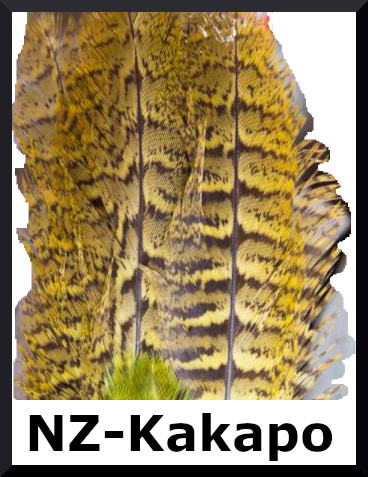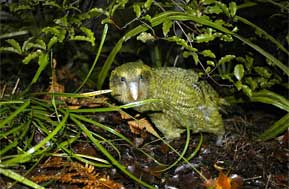

One of the most notable features of the Kakapo, is it's distinctive, musty odour. And then there's the way it looks and behaves...
It's a parrot that looks like an owl, or a giant budgie
It cannot fly although it has large wings
It walks and jumps and is an excellent climber
It is nocturnal and can be found feeding on the ground or 20m up a Rimu tree
It "skraarks" loudly like other parrots but you might mistake other calls for a braying donkey, a grunting or squealing pig, a booming bittern; and it also produces a nasal metallic noise called "chinging"
Once out in the open, the Kakapo will reveal it's large size, and the startling mottled moss-green body feathers that provide perfect camouflage in New Zealand's native forest. The softness of the feathers are represented in the second part of the scientific name - "Strigops habroptila"
A closer encounter will reveal that thick, musty Kakapo smell. Strong and distinctive, the odour alerts dogs, cats, and other predators to the presence of the bird and was a primary cause of the Kakapo's rapid decline
"The Kakapo is a bird out of time. If you look one in it's large, round, greeny-brown face, it has a look of serenely innocent incomprehension that makes you want to hug it and tell it that everything will be all right, though you know that it probably will not be." - Douglas Adams, British author, 1990